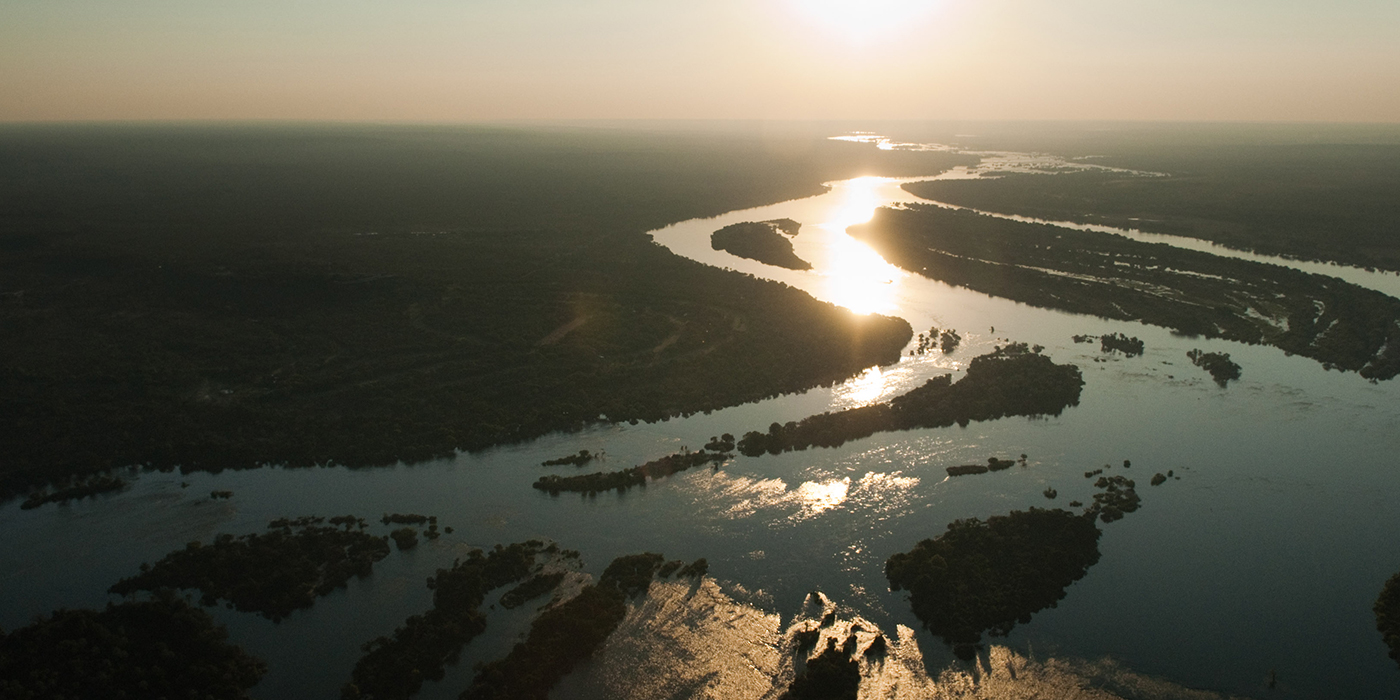Zambia is situated mainly on a vast central plateau, and boasts the Zambezi, Kafue and Luangwa rivers – as well as one of the largest waterfalls in the world, the Victoria Falls, which it shares with neighbouring Zimbabwe. While Lusaka is the country’s capital, Livingstone, just ten kilometres from the Victoria Falls, is more well-known to adventurous travellers.
ACCESS
Getting into Zambia is generally by air, with international travellers generally flying first into O.R. Tambo Airport in South Africa before transferring into Zambia. There are flights between Johannesburg and Livingstone or Lusaka airports. Connecting to smaller camps in the Kafue, South Luangwa or Lower Zambezi National Parks are done by light aircraft.
VISAS
Visas are the responsibility of the traveler. Those nationalities that require visas to enter Zambia may have to apply for these in advance however, many nationalities are able to obtain these on arrival at the port of entry. Please contact our office for full details. Costs also vary depending on the nationality of your passport. Visit www.zambiaimmigration.gov.zm for additional information (Royal African Discoveries is not responsible for the content thereof). A passport valid for at least six months, with at least 2 free pages, is required by all nationals. Visas can be purchased on arrival at most ports of entry but to avoid delays on arrival, you can apply for your visa in advance of arrival through the Zambian Consulate nearest to your country of residence. Validity for single entry tourist visa is up to 3 months.
LIGHT AIRCRAFT CHARTER FLIGHTS
If flights aboard any chartered aircraft are included in your itinerary, your baggage will be restricted to one (1) checked bag plus one (1) carry-on bag with a maximum combined weight allowance of 20 kgs. This special weight restriction is strictly adhered to and applies to all chartered flights within Zambia. Any baggage in excess of airline limitations may be subject to substantial freight charges by the charter airline. These charges are the entire responsibility of the traveller. Every piece of checked baggage should be locked and contain identification inside (as well as outside) stating your home address and phone number. In addition, do not pack valuable items (such as your camera) in checked baggage. While every precaution will be taken with your baggage, we cannot be held responsible for any damaged, lost, or stolen baggage or personal property; and we strongly recommend the purchase of adequate baggage insurance by each traveller. It is important to travel with soft-sided luggage, as soft-sided bags are more easily stored in safari vehicles than hard-framed cases. In addition, it is preferable to have two smaller pieces than one large one. You may also want to carry a fold-up daypack or shoulder pack to conveniently carry the items you will need during game drives.
Places of Interest
VICTORIA FALLS/MOSI-OA-TUNYA
Arguably the world’s largest waterfall, Victoria Falls in Southern Province never ceases to amaze visitors. This is Zambia’s biggest tourist attraction. It lives up to its local (Tongan) name, Mosi-oa-Tunya, meaning “The Smoke that Thunders.”
SOUTH LUANGWA NATIONAL PARK
Experts have dubbed South Luangwa to be one of the greatest wildlife sanctuaries in the world, and not without reason. The concentration of animals around the Luangwa River, and its oxbow lagoons, is among the most intense in Africa. The Luangwa River is the most intact major river system in Africa and is the life-blood of this 9059 km2 Park.
LOWER ZAMBEZI RIVER
This Park is still relatively undeveloped, it’s beauty lying in it’s wilderness state. The diversity of animals is not as wide as the other big parks, but the opportunities to get close to game wandering in and out of the Zambezi channels are spectacular. The Park lies opposite the famous Mana Pools Reserve in Zimbabwe, so the whole area on both sides of the Zambezi River is a massive wildlife sanctuary.
KAFUE NATIONAL PARK
Although not as famous as South Luangwa National Park, Kafue National Park in Central Province is Zambia’s oldest and largest national park. Although it suffered for years from game poaching, the animal population has recently rebounded. It’s a three-hour drive west of Lusaka. Stay at one of several lodges that follow the Kafue River south to the Itezhi-Tezhi Dam.
BEST TIME TO TRAVEL
The dry season runs from May to October and is when to go to Zambia for the best game viewing along with pleasantly mild daytime temperatures (although September and October get extremely hot).The rainy season (December to April) is commonly called the “Green Season” as the bush is beautifully thick and green.

